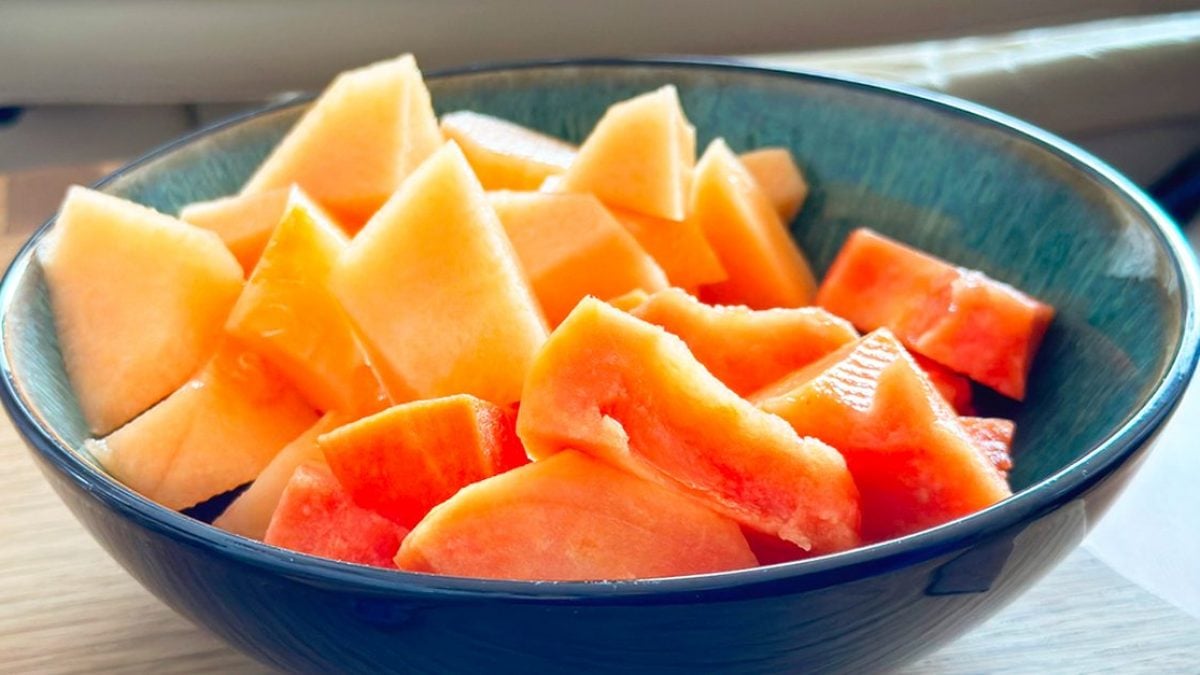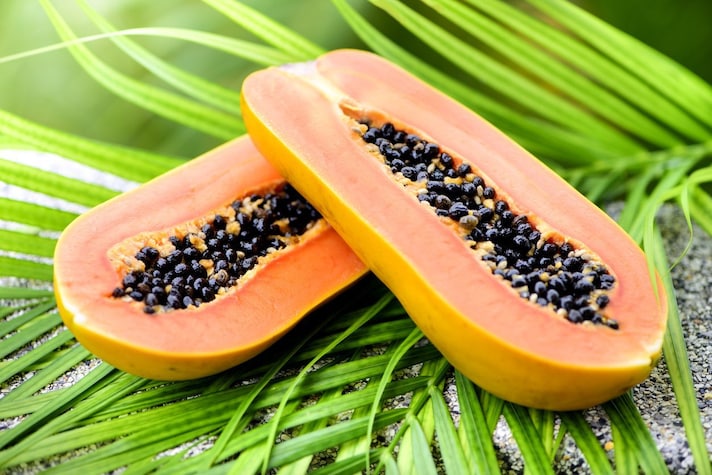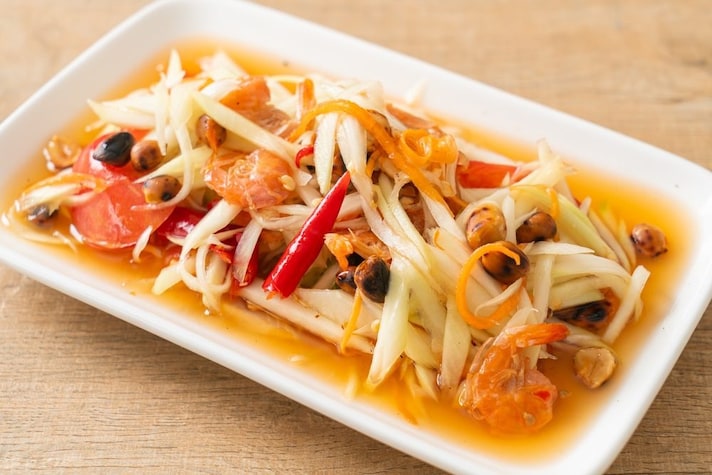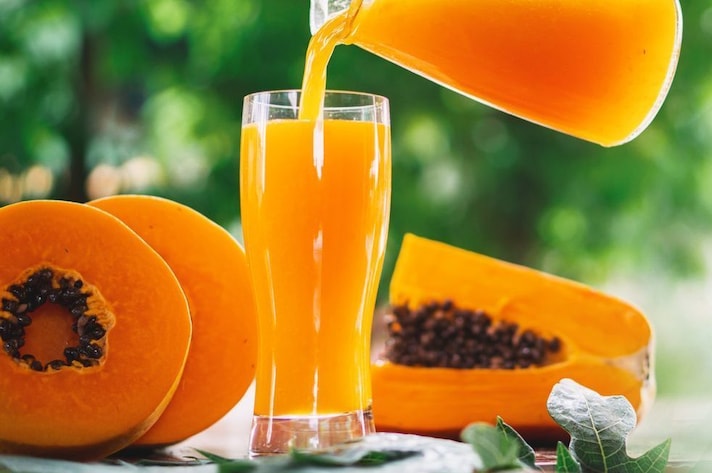
Papaya is a tropical fruit that is loved well beyond its lands of origin: it is the third most cultivated fruit in the world after bananas and mangoes, with more than 50% of production coming from the Caribbean and Latin America.
A fruit so good, sweet and versatile that it has now also become part of American cultivation, particularly in Hawaii and Florida: these two states, in fact, are increasingly distinguished by a rich and varied production of tropical fruit.
Just like pineapple, mango, and banana, papaya is excellent eaten on its own, but it can also be used in cooking as an ingredient to add color and an exotic flavor to numerous recipes, especially sweet ones, but not only.
What is Papaya and How Is It Made?
Papaya (or pawpaw) is the fruit of a tropical plant called Carica papaya, which belongs to the Cariacea family. It is a small tree native to Mexico but has spread to many other tropical areas, including Central and South America and Pacific Asia.
Among its large green leaves grows the elongated papaya fruit, which can be green, yellow, orange, or pink. The fruits can weigh up to 9 kg, although those intended for sale usually don't exceed 600 grams, and a single plant can produce 30 to 150 pieces per year.
There are two types of papaya: the smaller one is called the kapaho papaya and has yellow, sweetish flesh, while the Mexican papaya is larger and has orange and red flesh. In both cases, the fruit is harvested when yellow spots appear on the skin and before it ripens.

When the papaya is not fully ripe, it contains a special latex from which papain, a whitish, odorless liquid, is extracted. It is also found in the leaves and bark and is widely used for its softening and solidifying properties: it is used in brewing, cosmetics, medicine, and to make chewing gum.
Once fully ripe, papayas are used for food. How do you know when they're ready to eat? Press lightly on the peel: if it feels soft to the touch, the fruit is sweet enough and ready to be enjoyed in all its deliciousness.
Papaya's Properties and Benefits
Papaya is a fruit with many beneficial properties for the body. Papain, which remains present even when the fruit is ripe, is an enzyme that greatly supports the gastric and intestinal mucosa, promoting and simplifying digestion. Be careful not to overdo it, however, as it has a mild laxative effect.
Papain also has a beneficial effect on the immune system and promotes skin health. In general, papaya, like many exotic fruits, is rich in vitamins A and C, minerals such as magnesium and potassium, and antioxidants, including carotenoids.
Furthermore, papaya is a lean fruit that contains a rather low amount of calories, a characteristic that makes it ideal to consume even in case of a diet, together with its strong draining action.

How to Use Papaya in Cooking
First of all, papaya is delicious as a fruit: wash it and cut it in half lengthwise, remove the seeds in the center, and let it rest in the refrigerator for a few hours to fully enjoy its refreshing flavor, reminiscent of apricots or melon.
Alternatively, papaya is an excellent ingredient for both sweet and savory dishes. For example, you can pair it with prosciutto just like you would with melon. You can mash it, season with salt, pepper, and lemon, and then use it as a sauce for meat or fish. You can also chop it into small pieces and add it to the batter of desserts like bundt cakes and muffins.

Papaya is also delicious added to yogurt, puddings, sorbets, and ice cream, and is an excellent ingredient for making a sweet bowl similar to an açai bowl. You can also include it in salads —in Thailand, for example, it's the base of Som Tam, also known as "papaya salad"—or you can add it to fruit salads, but don't add it until last because it tends to soften other fruits too much.
In addition to fresh, papaya can also be found dried or fermented, while the seeds are often ground to obtain a condiment very similar to pepper.
;Resize,width=767;)
